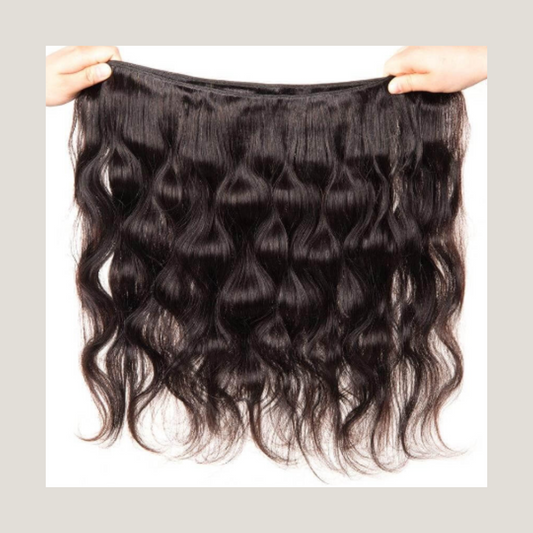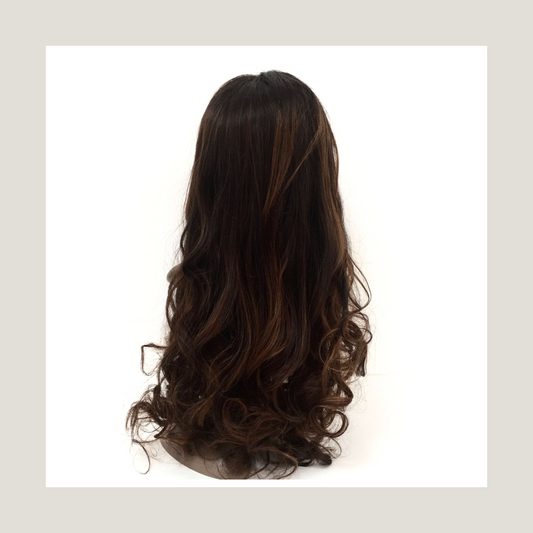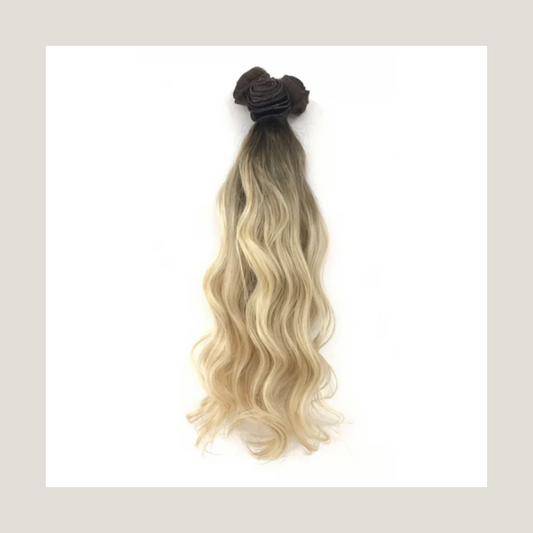**Indian vs. European Hair Extensions: A Comprehensive Comparison**
In the world of hair extensions, two popular choices stand out: Indian and European hair. Each has its unique characteristics, catering to different needs and preferences. This blog delves into the details of each type, helping you decide which might be the best fit for you.
1. Introduction
Hair extensions have become a staple in beauty routines, offering versatility and transformation. Whether for volume, length, or color, choosing the right type is crucial. This comparison guide explores Indian and European hair extensions, highlighting their differences to aid your decision.
2. Origin and Sourcing
- Indian Hair: Sourced primarily from India, often collected during religious ceremonies where women donate their hair. This ethical practice makes Indian hair a popular choice, known for its thick, dark strands.
- European Hair: Hails from regions like Russia or Eastern Europe. Less common and more expensive due to limited supply, it is prized for its fine, light texture.
3. Texture and Thickness
- Indian Hair: Thicker and coarser, offering durability and a natural look for those with darker, thicker hair. Ideal for styles requiring volume and strength.
- European Hair: Finer and softer, blending seamlessly with lighter, finer hair. Its natural texture mimics European hair, making it less noticeable.
4. Color Variety
- Indian Hair: Naturally darker (black or dark brown), suitable for those with similar natural colors. Lighter shades may require more processing.
- European Hair: Available in various natural colors, from blonde to brown, offering easier matching for lighter hair and better color retention.
5. Durability and Longevity
- Indian Hair: More durable, lasting longer with proper care. Suitable for frequent styling and longer wear.
- European Hair: Less durable, requiring gentle care to extend lifespan. Best for short-term use or delicate styles.
6. Cost and Budget
- Indian Hair: Generally more affordable due to availability, offering good value for those seeking durability.
- European Hair: Pricier due to rarity, ideal for those prioritizing natural appearance and color match.
7. Maintenance Requirements
- Indian Hair: Needs more care to prevent tangling, benefiting from regular conditioning and gentle handling.
- European Hair: Easier to maintain but requires gentle products to preserve softness and prevent damage.
8. Popularity and Availability
- Indian Hair: Widely available in various styles and lengths, making it a common choice.
- European Hair: Less common, especially in specific colors or lengths, but sought after for its natural look.
9. Ethical Considerations
Both types are ethically sourced, with Indian hair often from voluntary donations and European ensuring ethical practices, though sourcing varies.
Conclusion
Choosing between Indian and European hair extensions depends on your hair type, budget, and desired look. Indian hair offers durability and thickness, ideal for darker styles, while European hair provides a natural, fine texture suitable for lighter shades. Consider your needs for color, maintenance, and longevity to make the best choice. Whether seeking volume or a natural blend, there's an extension type to enhance your beauty.




